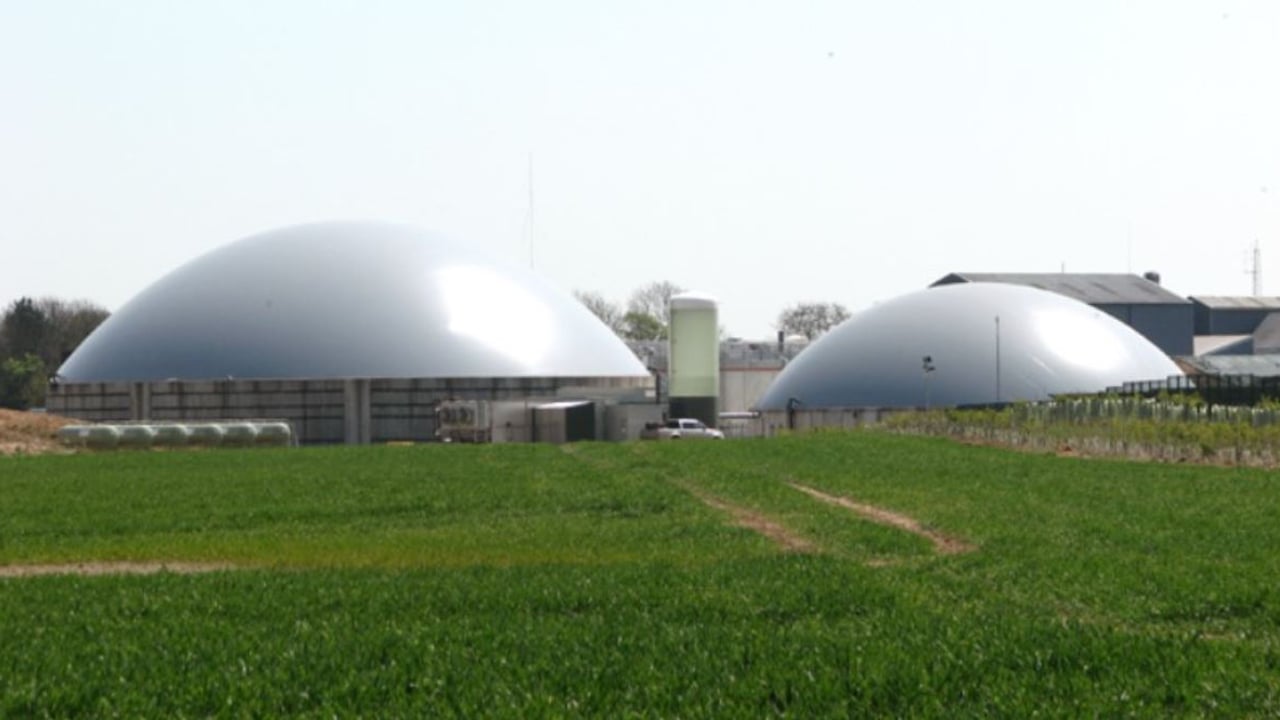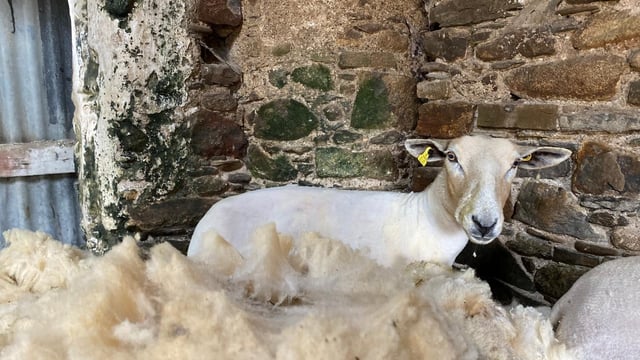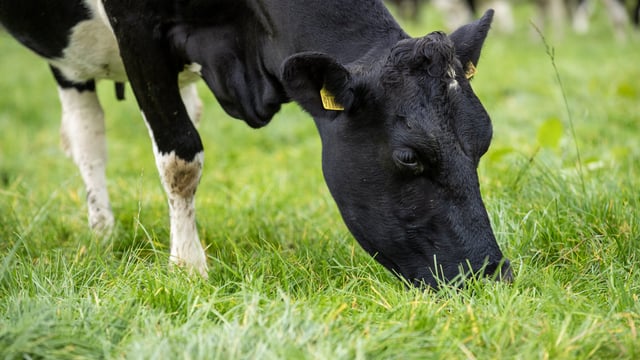Biomethane strategy to be 'agri-led and farmer-centric'
The new National Biomethane Strategy has now been published, following approval by cabinet yesterday (Tuesday, May 28).
The primary objective of the strategy is to support delivery of a target of up to 5.7 terawatt-hours (TWh) of indigenously-produced biomethane by 2030.
The government has sought €40 million in capital funding under Ireland’s application to REPowerEU - the EU's project to improve energy self-sufficiency - in order to support early adopters of biomethane.
The strategy itself says that it will be "agri-led and farmer-centric".
The strategy outlines 25 actions to develop and grow the biomethane sector here, which are divided into five 'pillars'.
The five pillars are as follows:
- Sustainability (ensuring biomethane is produced in an environmentally sustainable manner, having regard to goals for the protection and restoration of water, soil, biodiversity, and ecosystem services);
- Demand for biomethane (developing biomethane in Ireland for end uses which should include sectors, like agriculture, where greenhouse gas emissions are hard to abate and where options to decarbonise are limited);
- Bioeconomy and Circular Economy (ensuring that the biomethane strategy, bioeconomy and circular economy development are integrated);
- Economics of Biomethane (assessing best deployment approaches; end use sectors where biomethane will be an economically viable option; agri-centric considerations; circular use of waste streams; scale of plant and grid connections);
- Enabling policy requirements (ensuing timely development of a biomethane industry in Ireland by delivering enabling policies and addressing current barriers).
The strategy says that the development of a biomethane sector will provide a number of benefits for the agri-sector here, such as reducing emissions from the sector. However, the strategy notes that most of the emissions savings from biomethane production will be counted in the energy sector.
While the agri-sector can't benefit directly from the emissions savings from the biomethane sector, the strategy says that it will present an opportunity for livestock farmers to diversify their activities, reduce emissions from animal waste, and replace chemical fertiliser with biobased fertiliser.
The strategy envisages that most developments in the sector will occur in rural Ireland, due to the nature of the feedstocks (largely slurry and silage) used in the anaerobic digestion (AD) process, which produces biomethane. It says that the development of the sector could result in over 3,000 jobs being created as a result (directly and indirectly).
In terms of funding, the strategy outlines that the chosen means of paying for the development of the sector will be through the Renewable Heat Obligation (RHO) - which will incentivise the use if biomethane in the heating sector - as well as capital grants. These do not include funding from industry, which is also envisaged.
Funding from all three sources will "put Ireland on a trajectory" to meet its biomethane production target by 2030. The government is set to introduce the RHO by the end of this year.
The aim of the capital funding, the strategy said, is to offset the required size of the 'green premium'. i.e. the financial benefit that would be required from biomethane production to make it attractive to would-be operators.
However, the strategy acknowledges that capital funding (which the €40 million is part of) will not entirely eliminate the need for a green premium, due to the high operational costs of biomethane production.
According to the strategy, slurry from 1.3 million cattle will be required to meet the 2030 target, which represents around 20% of all winter cattle slurry produced in Ireland. A roughly equal mix of slurry and silage would be required.
The land area requirements to grow that silage will come from land already growing grass, but some displacement of livestock is likely, according to the strategy (though this impact could be reduced with the incorporation of legumes, such as white or red clover).
Other agricultural feedstocks for AD that could be incorporated include poultry litter and manure, while potential non-agricultural feedstocks may include food waste or 'brown bin' material, and sewage sludge.
A frequently-raised concern from stakeholders has been the potential delays to the development of biomethane that could be caused by the planning process.
The strategy recommends increasing awareness of biomethane and AD in the general public as a way to offset this problem.
Commenting on the new strategy, Minister for Agriculture, Food and the Marine Charlie McConalogue said: "“Farmers will be central to the production of this renewable source of energy and thereby major players in the decarbonisation of our energy system through the development of a sustainable biomethane industry.
"From an agricultural perspective, clear benefits in terms of contributing to delivering renewable energy targets and providing alternative land use options for farmers have been identified through the research and consultation undertaken in compiling this strategy," he added.





